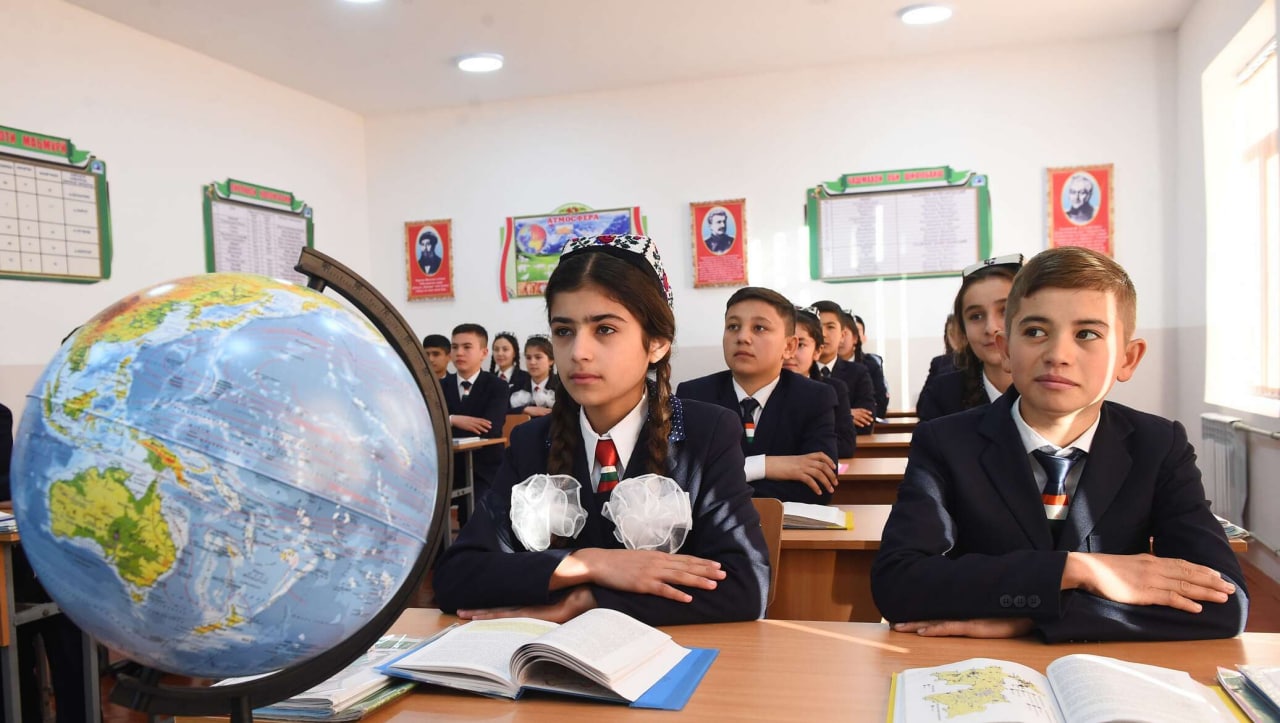The number of seasonal illnesses has increased in Tajikistan. The Ministry of Health and Social Protection of the Population (MoHSPP) officials say that it is just a seasonal flu and there is no reason for concern. However, some people say the symptoms of this flu are very similar to those of coronavirus and patients endure it very hard.
An official source at a MoHSPP says the ministry has instructed its subdivisions in the regions to interact with education departments and control the situation with seasonal diseases in schools and preschool institutions.
In the event of an increase in the number of cases of seasonal influenza among schoolchildren, the ministry will introduce quarantine in schools, the source said.
He further added that they had asked local authorities “to cooperate with city and district education departments in following the statistics.”
Navrouz Jafarov, an official with the MoHSPP, told Asia-Plus that the influenza statistics in educational institutions would be submitted for consideration to the ministry at end of this week and “after this preventive measures will be taken.”
“If the number of diseases does not change, classes in schools will continue as schoolchildren will already go on winter holidays from January 1,” Jafarov said.
According to him, quarantine is declared when 50 percent of pupils do not attend classes.
Recall, Jafarov had earlier told Asia-Plus that cases of H1N1/09 influenza (swine flu) have been registered in Tajikistan. “Influenza A – H1N1-09 or swine flu that has already become the seasonal flu has been spreading around the world since 2010. And now it is the season of acute respiratory viral infections and flu-like illnesses,” he said
According to him, now there is a registration of patients, and according to statistics there is no reason for concern.
Influenza A (H1N1 and H3N2) and B are reportedly the most common cases in Tajikistan.
Despite the fact that the method of treatment is the same for all types of influenza, medical workers recommend that those having a high temperature not self-medicate but contact specialists.
The pandemic H1N1/09 virus is a swine origin influenza A virus subtype H1N1 strain that was responsible for the 2009 swine flu pandemic. This strain is often called swine flu by the public media. The virus is a novel strain of the influenza virus, for which existing vaccines against seasonal flu provided no protection.




